We sit down with Bo Merckle of SamsSon Lures to discuss his unique idea for the ultimate memorializing bass fishing lure of your loved one.
All About Top Water Frogging for Bass
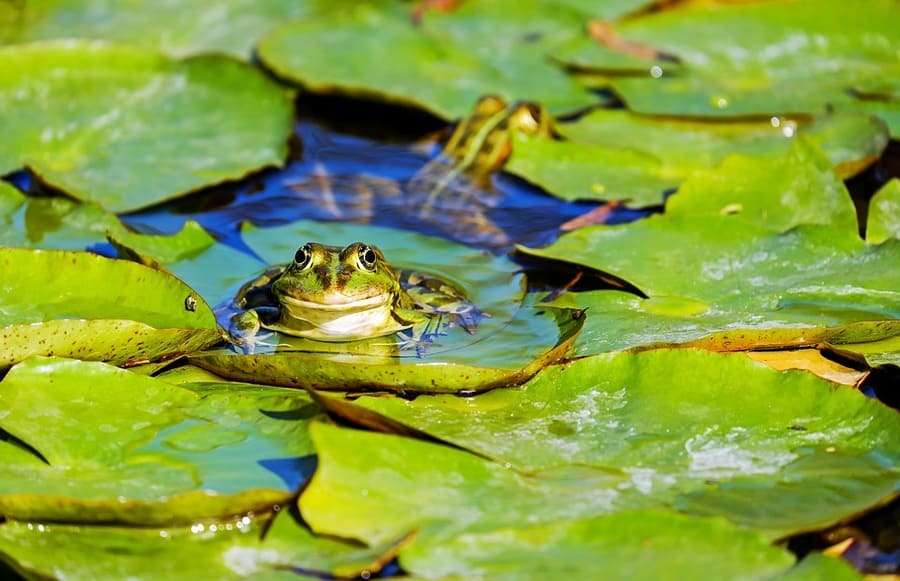
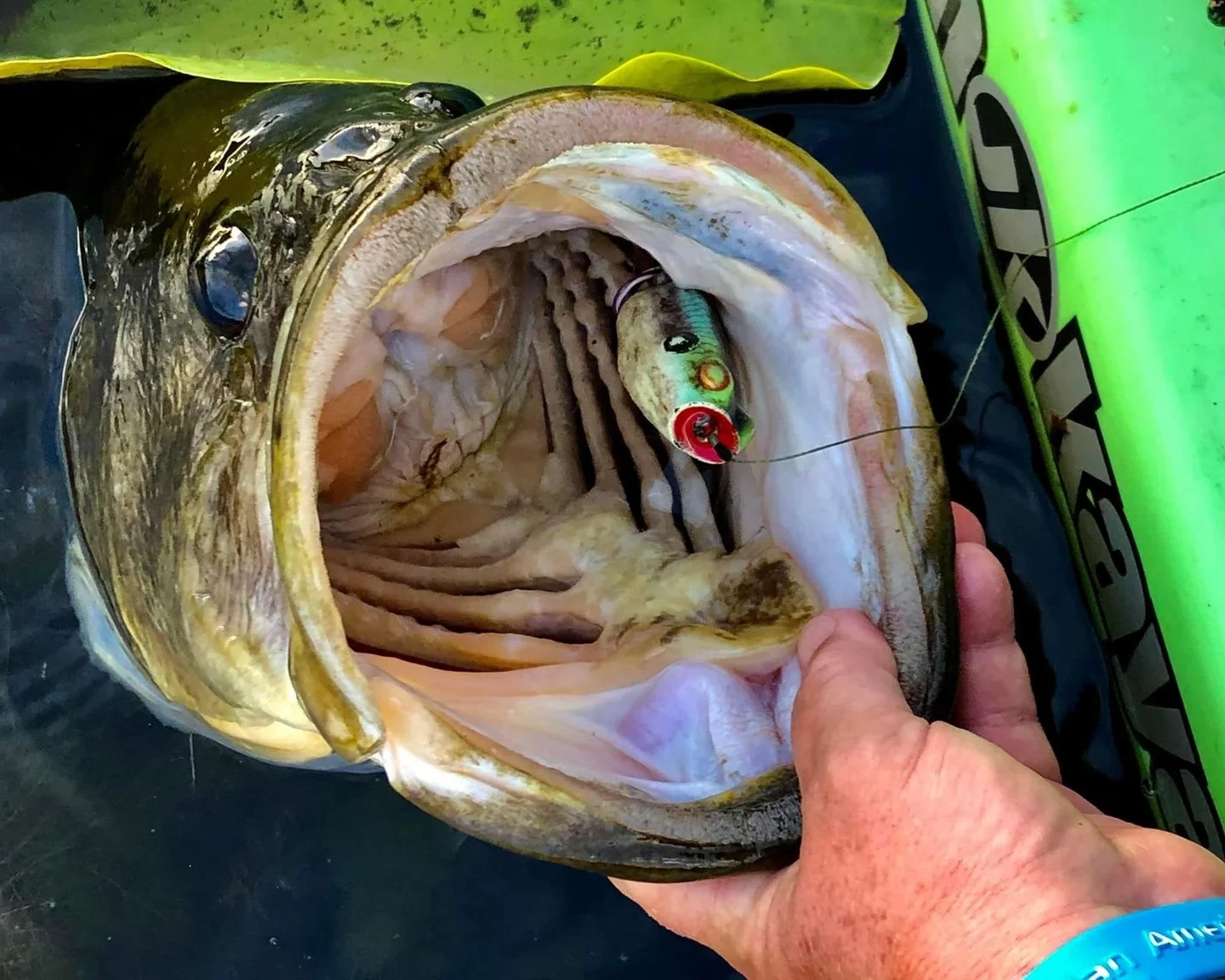
All About Top Water Frogging for Bass
Frog lures have been a staple in the largemouth bass angler’s arsenal for decades. The earliest frog lures were made of wood, cork, or rubber, with the intention of mimicking the appearance and movement of real frogs.
History of Frogs:
Frog lures have been a staple in the largemouth bass angler’s arsenal for decades. The earliest frog lures were made of wood, cork, or rubber, with the intention of mimicking the appearance and movement of real frogs. Over time, these lures have evolved into highly realistic soft plastic and hollow body designs that not only resemble frogs, but also other amphibians and creatures that bass are known to feed on.
How to Rig Frogs:
There are two primary types of frog lures: hollow body frogs and soft plastic frogs. Hollow body frogs come pre-rigged with a weedless double hook that sits flush against the body, making them ideal for fishing in heavy cover. Soft plastic frogs, such as Zoom Horny Toads, can be rigged on a wide gap, weighted or unweighted, weedless hook by threading the hook through the nose of the bait and out the back, ensuring the hook points lay flat against the body.
How to Choose the Most Productive Color of Frogs:
When selecting a frog color, consider the water clarity, light conditions, and natural forage. In clear water, opt for natural colors like green, brown, or black. In murky or stained water, use brighter colors like white or chartreuse. In low-light conditions or overcast skies, dark colors like black or dark green are recommended. Observe local frog species to choose colors that closely resemble their appearance.
When are Frogs Most Effective in Catching Largemouth Bass:
Frog lures are most effective during the warm months, typically from late spring through early fall. Bass are more likely to feed on frogs during this time, especially in and around shallow cover such as lily pads, grass, or submerged vegetation.
How to Fish Frogs:
To fish a hollow body frog, cast it near cover and let it rest momentarily before starting your retrieve. Use a combination of short twitches and pauses to imitate a frog’s movement. For soft plastic frogs, cast and retrieve them with a steady, swimming motion or hop them along the surface to trigger strikes.
How Frogs are Made or Manufactured:
Hollow body frogs are made from soft, durable plastic material that is molded into a lifelike frog shape. They feature internal chambers for added buoyancy and a weedless double hook configuration. Soft plastic frogs are made by injecting liquid plastic into a frog-shaped mold and allowing it to harden. Both types of frog lures often include realistic features such as eyes, legs, and textured bodies.
Frog Technique:
Frog fishing is primarily a topwater technique, targeting largemouth bass in shallow, heavy cover environments. It can be considered a “big fish” technique, as the larger profile and commotion created by frog lures often attract larger bass. It is also an exciting and visual way to fish, as strikes can be explosive and occur at the surface.
What Type of Line is Recommended When Fishing with Frogs:
Braided line is highly recommended for frog fishing due to its strength, durability, and low stretch. Braid’s abrasion resistance is ideal for fishing in heavy cover where snags are common. Typically, 50-65 lb test braid is used. A leader is not necessary, as the high visibility of braid does not deter strikes in the heavy cover environments where frog fishing takes place.
Is Using Frogs Productive All Year Long or Are There Certain Seasons That it Works Best In:
Frog fishing is most productive during the warm months, from late spring through early fall. This is when bass are more likely to be found in shallow water near cover, actively feeding on frogs and other surface prey. While frog fishing can yield occasional success in cooler months, it is generally less productive during those times.
Conclusion:
Frog fishing offers a thrilling and effective way to target largemouth bass in shallow, heavy cover environments. By understanding the history, rigging, color selection, and techniques involved in frog fishing, you can experience the excitement and success this method has to offer.


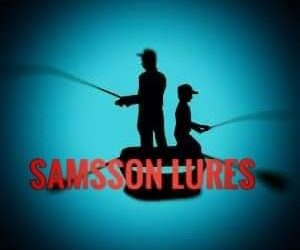
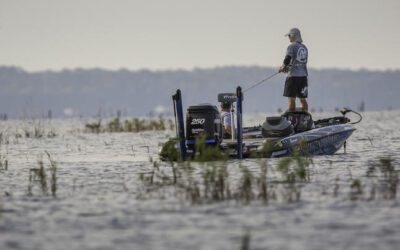
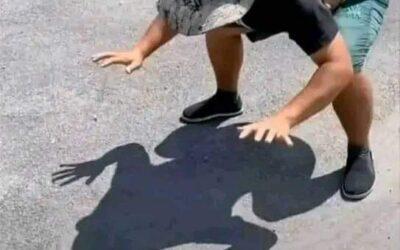

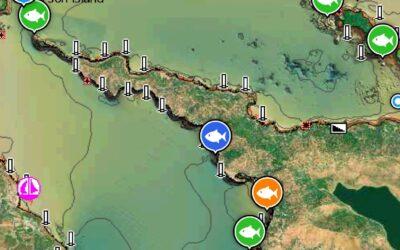
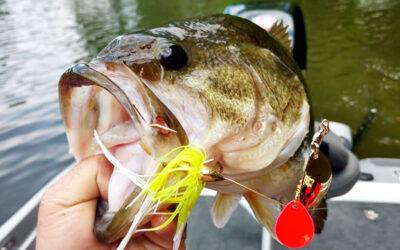
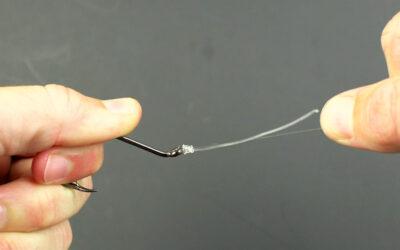


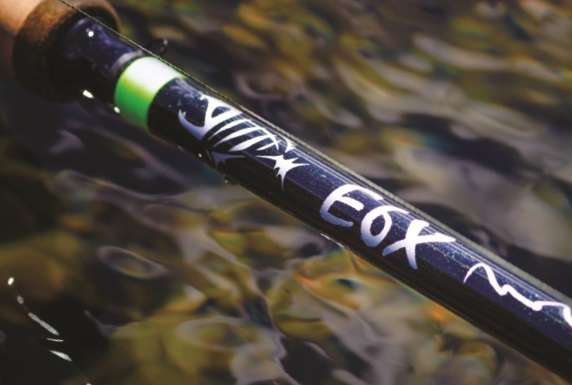
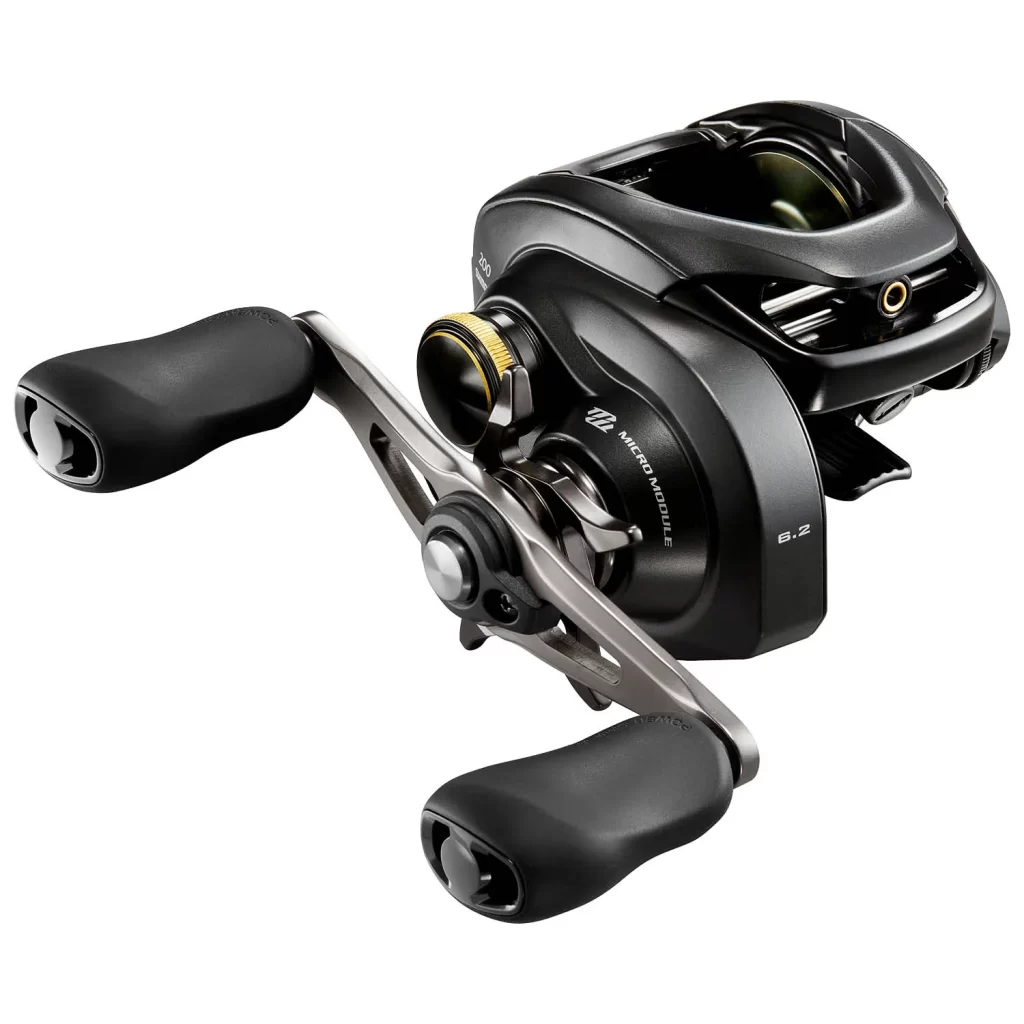
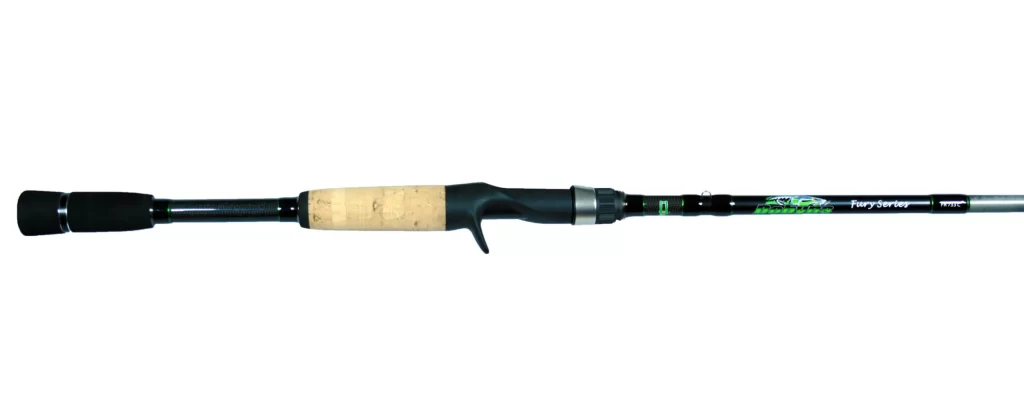
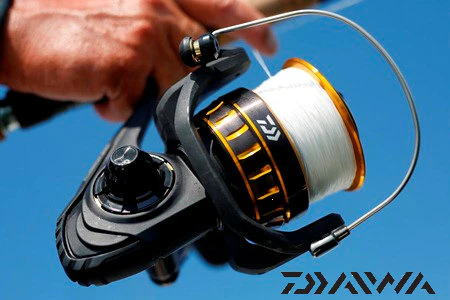
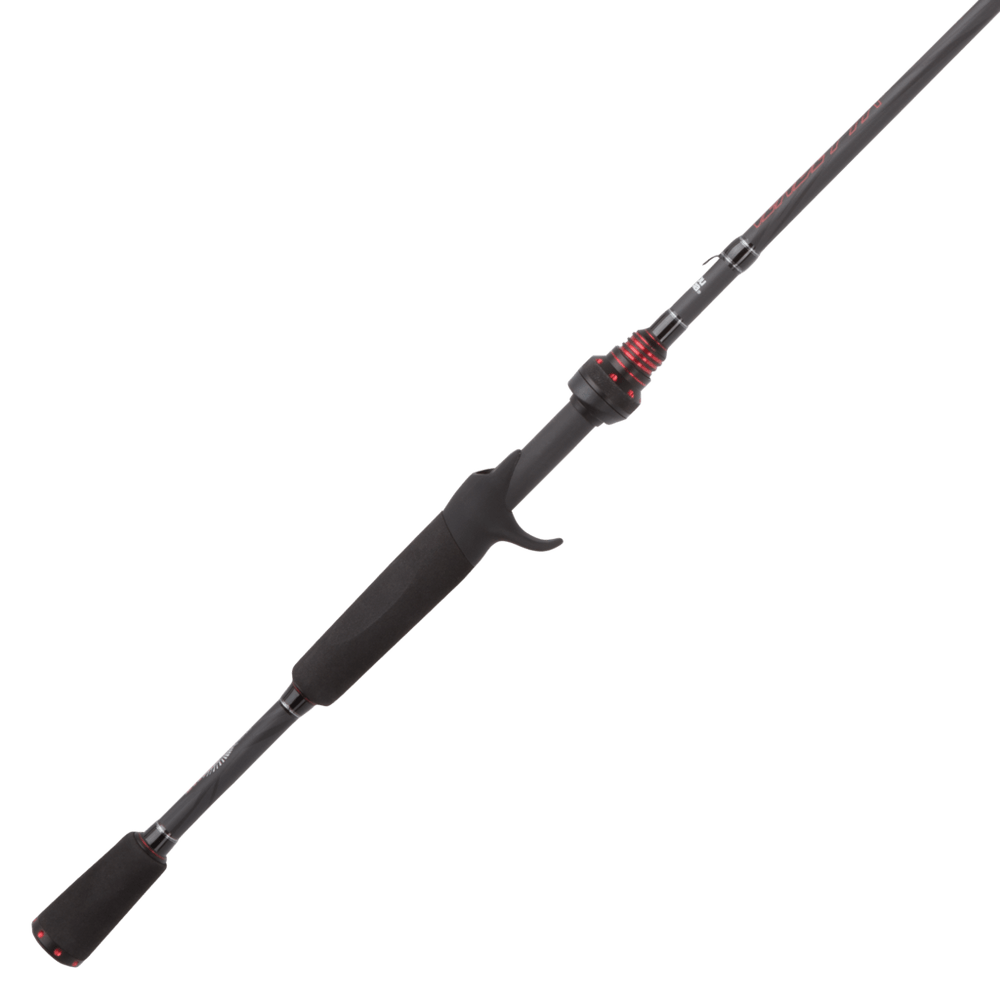
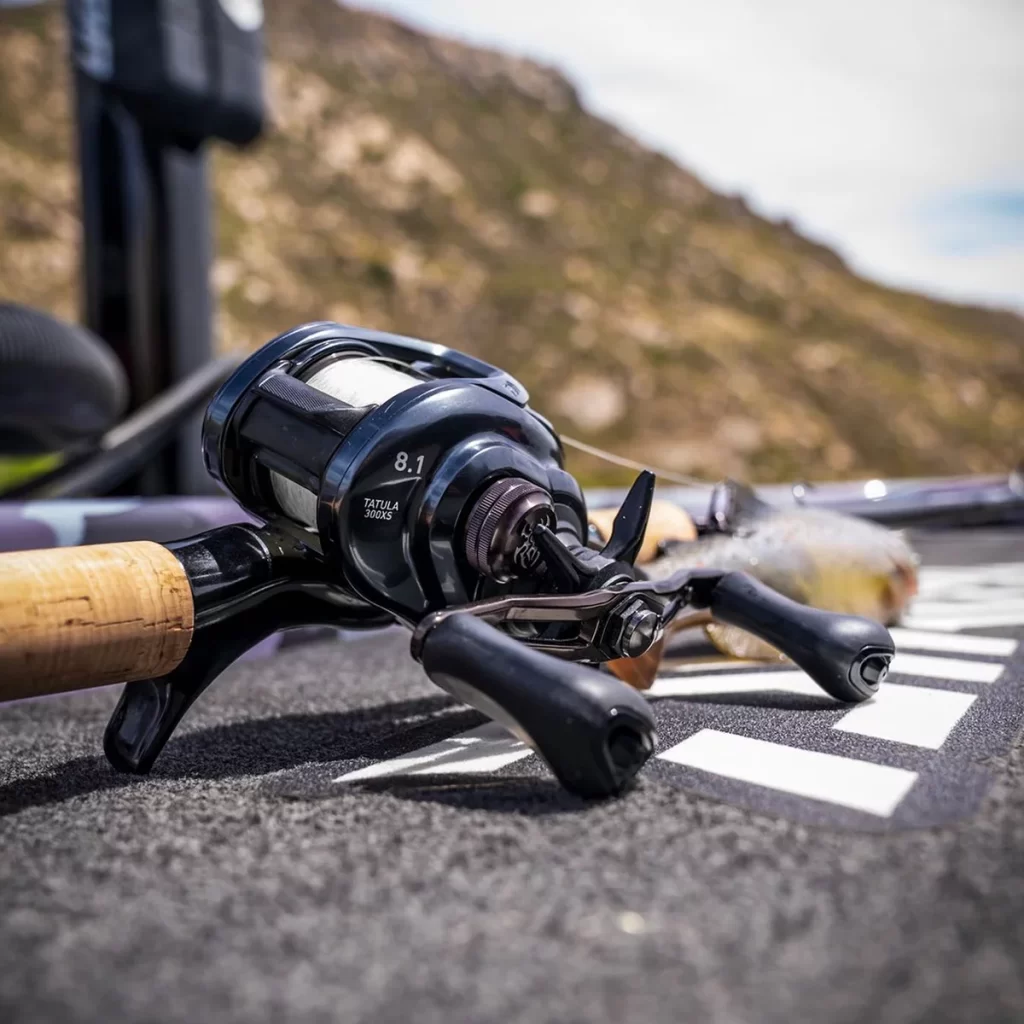

0 Comments